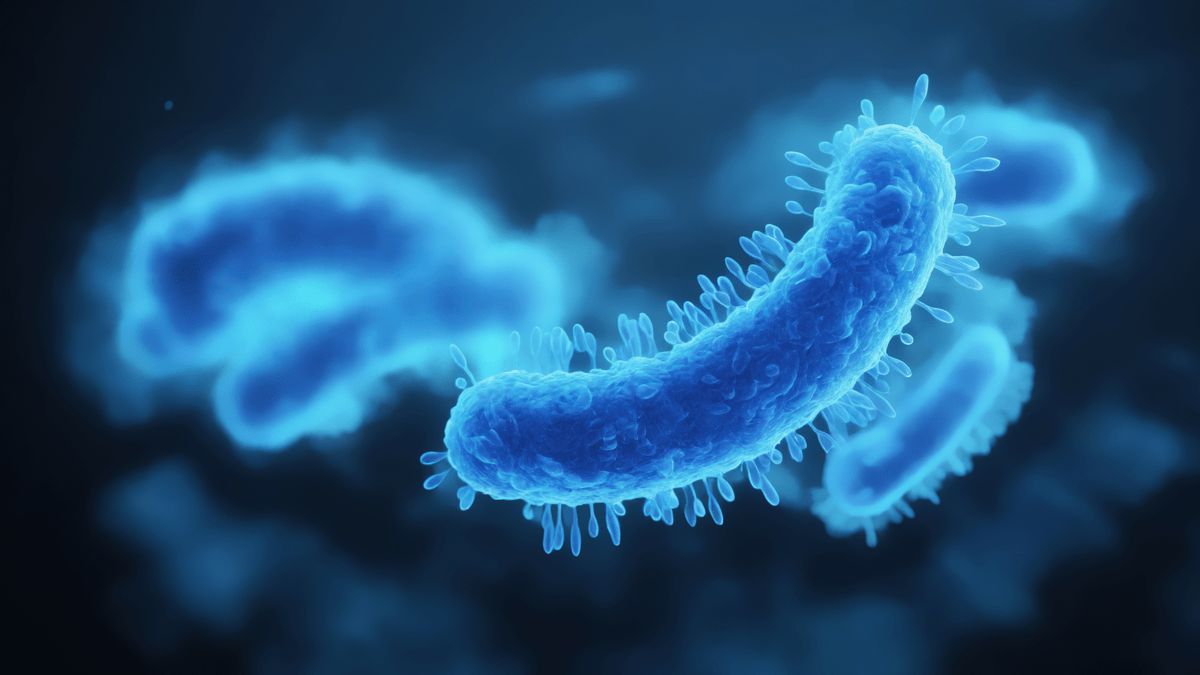As temperatures rise, it’s only natural to head outside and enjoy the sunshine. But too much sun can leave your skin red, sore and peeling. Sunburn isn’t just uncomfortable; it can lead to long-term skin damage and increase your risk for skin cancer.
In this blog, we’ll break down what causes sunburn, how to treat it and – most importantly – how to prevent it. Whether you're planning a beach day or just doing yardwork, a little knowledge goes a long way in protecting your skin.
What Is Sunburn?
Sunburn is a type of skin damage that happens when your skin gets too much ultraviolet (UV) radiation from the sun or artificial sources like tanning beds. It can occur in as little as 15 minutes of unprotected exposure — and the effects can last for days.
“Sunburn is your body’s way of telling you your skin has been injured,” says Ashlea Robertson, a Family Nurse Practitioner at Riverside Eagle Harbor Primary Care. “Even mild redness is a sign of cell damage.”
Sunburn can affect anyone, regardless of skin tone, although people with lighter skin may burn more easily. But don’t be fooled — even a tan is a sign that your skin is trying to protect itself from further damage.
What Causes Sunburn?
The main culprits behind sunburn are UVA and UVB rays. These invisible rays penetrate your skin and damage the DNA in skin cells. Over time, this damage can build up, leading to premature aging, sun spots and even skin cancer.
You’re most at risk for sunburn when:
- The sun is strongest (10 a.m. to 4 p.m.)
- You’re near water, sand, or snow (which reflect sunlight)
- You skip sunscreen or forget to reapply
- You’re taking medications that increase sun sensitivity (such as antibiotics or acne treatments)
Even on cloudy days, up to 80% of UV rays can get through and cause harm.
Sunburn Symptoms to Watch For
You’ll usually start to notice signs of sunburn within a few hours. The full impact often peaks between 24 and 36 hours after exposure.
Common sunburn symptoms include:
- Red or pink skin
- Warmth or pain when touched
- Swelling
- Itchiness
- Peeling a few days later
In more severe sunburn cases, you might experience:
- Blisters
- Fever or chills
- Nausea
- Headache or dizziness
If you or your child show signs of dehydration or feel faint, it could be a sign of heatstroke — and you should seek immediate medical help.
How to Treat Sunburn at Home
Most sunburns can be treated at home with a few simple remedies:
- Cool it down: Take a cool (not cold) shower or apply a damp washcloth.
- Moisturize: Use an aloe vera or unscented lotion to soothe the skin.
- Hydrate: Drink fluids — sunburn can pull water away from the rest of your body.
- Take OTC pain relief: Ibuprofen or acetaminophen can ease swelling and discomfort.
- Avoid further sun exposure: Stay out of the sun while your skin heals.
“Blisters are your skin’s way of protecting itself,” says Ms. Robertson. “Let them heal naturally — popping them increases the risk of infection.”
When It’s More Than Just a Sunburn: Understanding Sun Poisoning
Most sunburns, while uncomfortable, can be treated at home. But when sun exposure triggers more severe symptoms, you could be dealing with sun poisoning — a serious condition that requires medical attention.
“Sun poisoning is like a sunburn on overdrive,” explains a primary care provider. “It’s your body reacting not just to skin damage, but also to fluid loss and systemic inflammation.”
Signs of Sun Poisoning
Sun poisoning symptoms can show up quickly or develop over a few hours. You might notice:
- Intense redness and blistering
- Swelling of the skin
- Headache
- Nausea or vomiting
- Dizziness or confusion
- Fever or chills
- Rapid pulse
- Dehydration
Some people also develop a sun rash — small, itchy bumps that can look like hives or a heat rash. This is especially common in people with light-sensitive skin or those who take medications that increase sun sensitivity.
What to Do for Sun Poisoning
If you think you might have sun poisoning, do the following right away:
- Get out of the sun immediately and move to a cool, shaded area.
- Hydrate with water or an electrolyte drink to combat fluid loss.
- Cool the skin with cold compresses, baths, or aloe vera gel.
- Take OTC pain relievers to reduce fever and inflammation.
When to See Your Health Care Provider
You should call a health care provider or seek urgent care if you experience:
- Blisters over a large area
- Ongoing vomiting
- Severe headache or confusion
- Signs of infection (like pus or extreme tenderness)
- Signs of dehydration (dry mouth, dark urine, fatigue)
Sunburn Prevention Tips That Work
Here are easy ways to stay sun-safe:
- Apply sunscreen whenever you go outdoors – even when it’s cloudy. Look for SPF 30 or higher with “broad spectrum” on the label.
- Reapply sunscreen at least every 2 hours, and immediately after swimming or heavy sweating.
- Cover up with hats, sunglasses, and long-sleeved shirts.
- Seek shade, especially during peak hours.
- Avoid tanning beds, which can cause just as much damage as the sun.
“Sunscreen isn’t just for the beach — it should be part of your daily routine,” Ms. Robertson advises. “Your skin is your body’s largest organ, and it deserves year-round protection.”
Next Steps:
Got a sunburn that just won’t quit? Not sure if your symptoms are serious? Riverside’s care team is here for you, whether you need expert advice, in-person treatment, or just a little peace of mind.
At Riverside Health, we're dedicated to compassionate, collaborative care. We provide a wide range of services, from childbirth to end-of-life care, delivering over 2 million services each year. Our integrated network allows us to support you seamlessly through health, illness, recovery, and wellness. With top clinicians and advanced technology, we’re here for you at convenient locations close to home and work. Visit riversideonline.com.
If you’re wondering where the best place is to get care, please see our guide below:
If your problem is life- or limb-threatening, call 911 or go to the emergency room.
Primary Care – Schedule through MyChart or call your provider’s office who you go to for most health care needs.
Virtual Clinic – Schedule through MyChart or click Here to learn more about Primary Care On Demand.
MD Express Urgent Care – Click Here to find a location near you for after-hours care or when your primary care provider is not available. Open 9am-9pm, Mon-Sun.
If you’re not sure, call Riverside Nurse 24/7 at 1-800-675-6368



